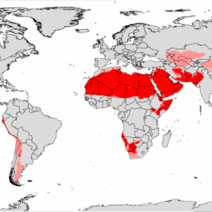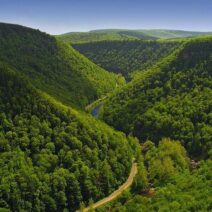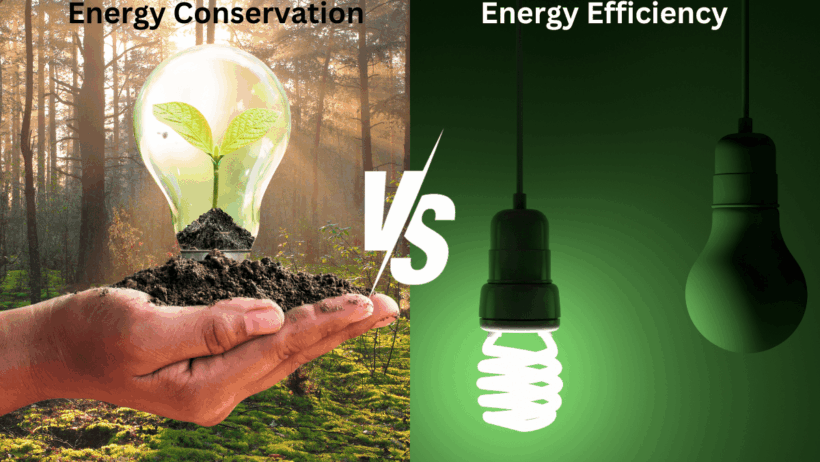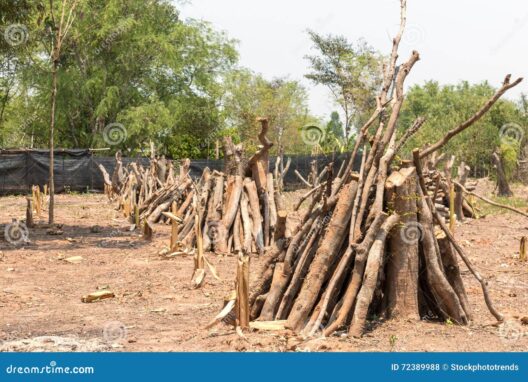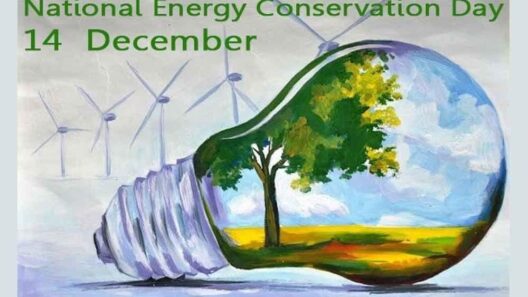In a world increasingly aware of climate change, one might wonder: how does energy conservation relate to biodiversity? Indeed, this question invites scrutiny into two seemingly disparate realms: the efficient use of energy and the intricate web of life that comprises our planet’s biodiversity. Yet, upon deeper contemplation, a profound connection emerges—one that underscores the necessity for energy conservation as a pivotal facet of environmental stewardship.
Energy conservation is rooted in the principle of utilizing less energy to fulfill our needs and desires, thereby reducing wasteful consumption and mitigating our ecological footprint. In contrast, biodiversity encompasses the variety of life forms within ecosystems, including the vast array of species, genetic variations, and the ecological functions they perform. Understanding how these concepts interrelate reveals the significance of adopting energy-efficient practices that foster a healthier planet.
The coil of life’s resilience is intricately tied to energy resources. Ecosystems depend on energy to sustain their biological processes. Whether it’s the sun’s rays nurturing plant life through photosynthesis or the wind and water creating energy flows within ecosystems, the connection to energy is undeniable. However, human activities—particularly the excessive consumption of fossil fuels and unsustainable energy practices—have led to habitat destruction, climate change, and ultimately, biodiversity loss. Each of these elements exerts pressure on the fabric of ecological balance, prompting the question: can energy conservation effectively protect the myriad forms of life that inhabit our planet?
Consider the energy profile of a typical household. The completion of mundane tasks—lighting rooms, heating water, or cooling air—cumulatively contributes to energy depletion. When these activities are performed inefficiently, they not only escalate greenhouse gas emissions but also heighten the demand for habitats exploited for energy production. Deforestation for wood fuel or the construction of dams for hydropower results in habitat fragmentation, posing existential threats to numerous species. By reducing energy consumption, conservation acts as a formidable ally in preserving natural habitats and the biodiversity they harbour.
One of the most illustrative examples of this relationship can be seen in the protection of forests. Forests serve as crucial carbon sinks, absorbing carbon dioxide and releasing oxygen essential for life. Furthermore, they harbour countless species of flora and fauna, providing food, shelter, and a breeding ground. By prioritizing energy conservation measures, such as utilizing energy-efficient appliances and adopting renewable energy sources, we can diminish our reliance on destructive energy production methods. This, in turn, safeguards forests and promotes the biodiversity that thrives within them—a virtuous cycle of conservation.
However, while the benefits of energy conservation are clear, one must grapple with a profound challenge: how do we inspire individuals and communities to embrace this critical paradigm shift? Behavior change remains one of the most formidable obstacles in effectuating widespread energy conservation practices. Despite increasing awareness of climate change and its impacts, understanding the link between energy use and biodiversity remains obscure for many. Thus, illuminating this connection becomes paramount in fostering a collective commitment to conservation.
Education plays a pivotal role in this transformative journey. By engaging local communities, schools, and organizations in discussions surrounding energy-saving practices and their ecological significance, awareness can burgeon. Workshops that demonstrate practical conservation techniques, such as organized energy audits or community solar projects, can bridge the gap between knowledge and action, significantly contributing to preserving biodiversity.
Moreover, collaboration among stakeholders presents another opportunity for effective advocacy. Policymakers, non-profit organizations, and businesses can unite to promote energy conservation through various incentives, policies, and educational campaigns. Community gardens, for instance, embody how local food production reduces reliance on industrial agriculture—associated with energy-intensive farming practices—while simultaneously nurturing biodiversity. These collective endeavors foster resilience not only in our energy systems but also in the ecosystems they support.
However, as we contemplate the intricate tapestry of life on Earth, we must also consider the repercussions of energy outsourcing and globalization. The energy we consume does not exist in a vacuum; it has a profound impact on biodiversity hotspots worldwide. The extraction of resources in one region can lead to catastrophic consequences for ecosystems in another. Thus, a more holistic perspective on energy usage must be adopted, taking into account global connectivity and the interdependence of ecosystems across borders.
In an era where technology offers myriad possibilities, integrating energy conservation and biodiversity protection into policy frameworks is imperative. For instance, implementing eco-labeling can guide consumers towards energy-efficient products and practices that align with biodiversity preservation. A commitment to renewable energy technologies especially holds significant potential for reducing habitat destruction, mitigating climate change, and fostering the resilience of ecosystems.
Ultimately, the quest for sustainable energy practices and the preservation of biodiversity requires an ongoing commitment to awareness, action, and responsibility. Energy conservation is not merely an individual effort; it necessitates a cultural shift towards valuing the intricate relationships between our lifestyles and the ecosystems that sustain us. If we wish to safeguard the vibrant tapestry of life on Earth, embracing energy efficiency is not only advisable; it is imperative.
In conclusion, energy conservation is inextricably linked to biodiversity protection. While the challenge remains daunting, the pursuit of progress offers a beacon of hope. As we reflect upon our consumption habits and strive to live harmoniously with the natural world, we are afforded the opportunity to become stewards of the planet, protecting both our energy resources and the rich diversity of life they support. Thus, the question arises once more: how can each of us, in our own lives, contribute to this equilibrium?

